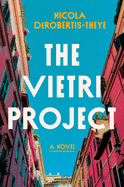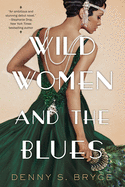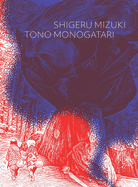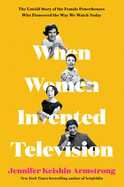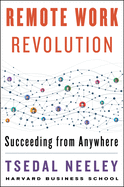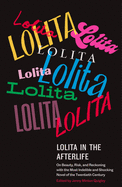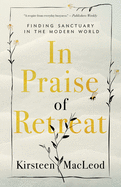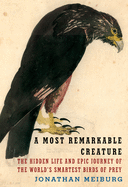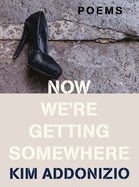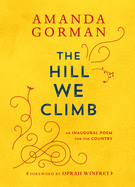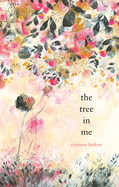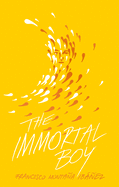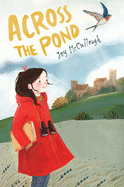Rhymes and Raps: Rethinking National Poetry Month
 |
|
| Dwayne Reed | |
When you think of National Poetry Month, you probably think of folks like Robert Frost, Edgar Allan Poe and William Shakespeare. As a teacher, you probably think of having your scholars make acrostic poems or try their hand at the dreaded sonnet. But I believe poetry can be so much more than the "classics" we've taught year after year--especially as we celebrate the 25th anniversary of National Poetry Month. With new influencers like Amanda Gorman and Rupi Kaur coming onto the scene in the last few years, the idea of what is poetry and who is considered a poet is evolving.
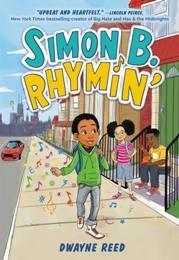 In my book, Simon B. Rhymin', my main character finds his voice through rapping. He learns how to rhyme, find his meter and flow, and express himself through his word choice; all skills the best rappers use to create musical power and beauty that can change lives and perspectives. Why can't Queen Latifah and Chance the Rapper be up there with Walt Whitman and William Wordsworth for the rhymes and rhythms they drop? Like Simon, I found my voice through rapping when I was a kid in Chicago trying to express myself. In the same way that poetry helped Emily Dickinson find her voice, rapping helps modern children and teens make sense of their world and how they feel about it.
In my book, Simon B. Rhymin', my main character finds his voice through rapping. He learns how to rhyme, find his meter and flow, and express himself through his word choice; all skills the best rappers use to create musical power and beauty that can change lives and perspectives. Why can't Queen Latifah and Chance the Rapper be up there with Walt Whitman and William Wordsworth for the rhymes and rhythms they drop? Like Simon, I found my voice through rapping when I was a kid in Chicago trying to express myself. In the same way that poetry helped Emily Dickinson find her voice, rapping helps modern children and teens make sense of their world and how they feel about it.
As we look back on promoting poetry and its influence for the last 25 years, I hope we all broaden our view of what poetry can be--and how there are so many more forms of it beyond what is in our textbooks. We've all got 99 problems but celebrating the diversity of poetry shouldn't be one. --Dwayne Reed
Dwayne Reed is the author of Simon B. Rhymin', a teacher in Chicago and an educational advocate.




 Book you're an evangelist for:
Book you're an evangelist for: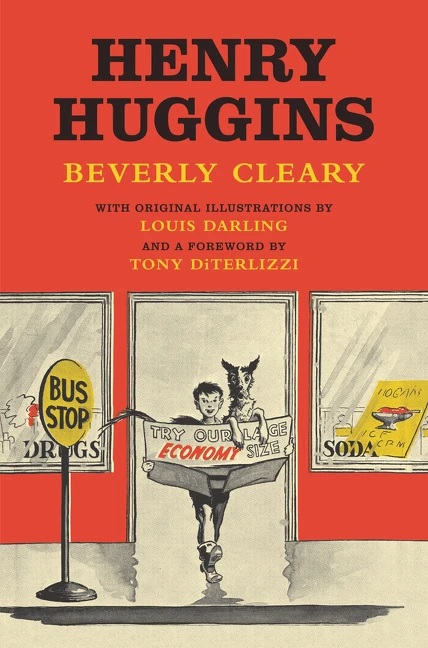 Beverly Cleary, creator of Henry Huggins and his dog Ribsy, bratty Ramona Quimby and her older sister Beezus, and Ralph S. Mouse, died on March 25 at age 104. Her books sold more than 85 million copies. After graduating from UC Berkeley and the University of Washington with bachelor's degrees in English and librarianship, respectively, Cleary became a librarian and worked at Sather Gate Book Shop in Berkeley. Her first book, Henry Huggins, was published in 1950. The popularity of the book led to sequels--including Henry and Beezus, Henry and Ribsy, Henry and the Paper Route, Henry and the Clubhouse and Ribsy--as well as spinoffs focusing on some of Henry Huggins's friends, including Ellen Tebbits and Otis Spofford. From this group, Ramona Quimby emerged. After Beezus and Ramona, she starred in Ramona the Pest, Ramona the Brave, Ramona and Her Father, Ramona and Her Mother, Ramona Forever and Ramona's World. Ralph S. Mouse starred in The Mouse and the Motorcycle, Runaway Ralph and Ralph S. Mouse.
Beverly Cleary, creator of Henry Huggins and his dog Ribsy, bratty Ramona Quimby and her older sister Beezus, and Ralph S. Mouse, died on March 25 at age 104. Her books sold more than 85 million copies. After graduating from UC Berkeley and the University of Washington with bachelor's degrees in English and librarianship, respectively, Cleary became a librarian and worked at Sather Gate Book Shop in Berkeley. Her first book, Henry Huggins, was published in 1950. The popularity of the book led to sequels--including Henry and Beezus, Henry and Ribsy, Henry and the Paper Route, Henry and the Clubhouse and Ribsy--as well as spinoffs focusing on some of Henry Huggins's friends, including Ellen Tebbits and Otis Spofford. From this group, Ramona Quimby emerged. After Beezus and Ramona, she starred in Ramona the Pest, Ramona the Brave, Ramona and Her Father, Ramona and Her Mother, Ramona Forever and Ramona's World. Ralph S. Mouse starred in The Mouse and the Motorcycle, Runaway Ralph and Ralph S. Mouse.